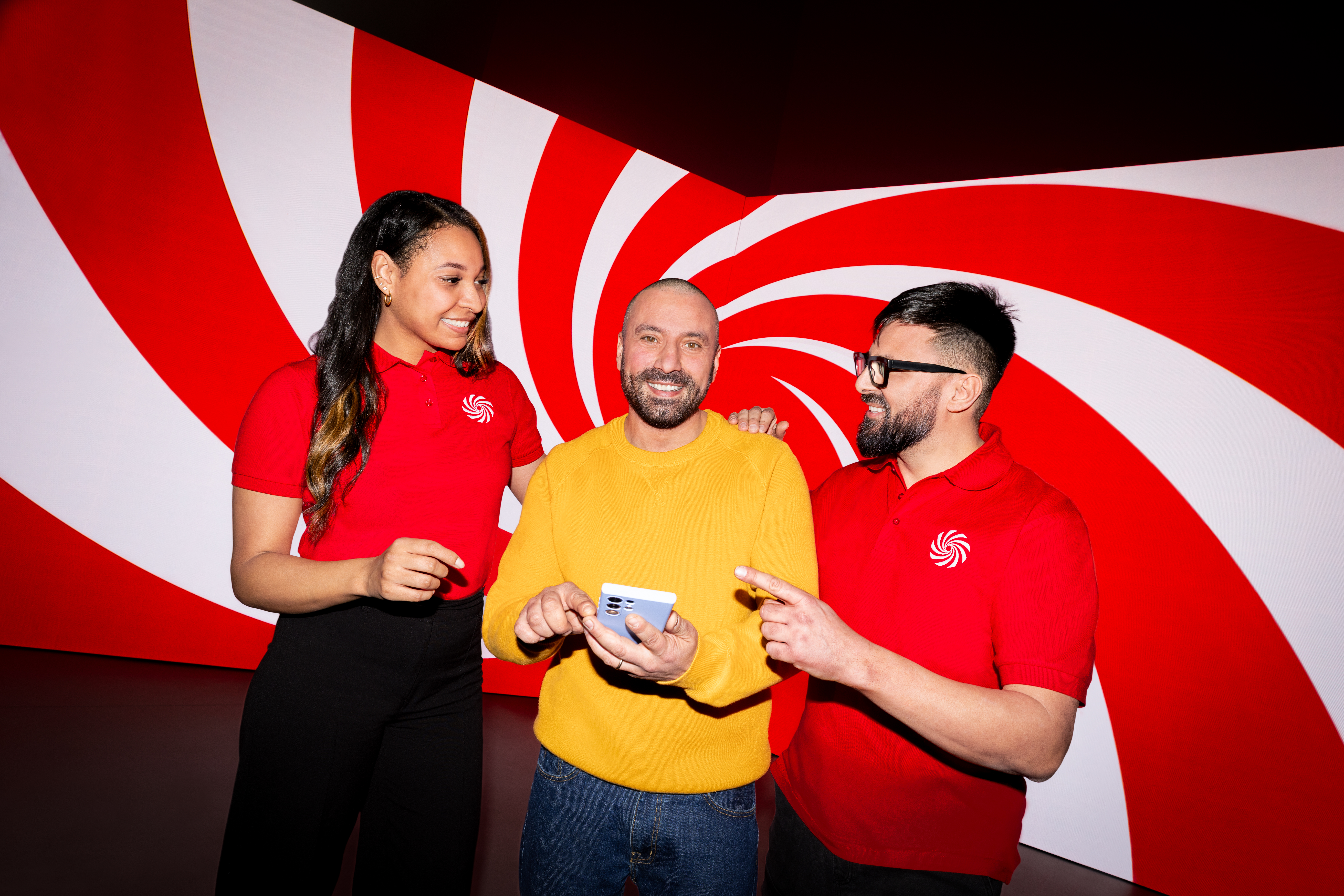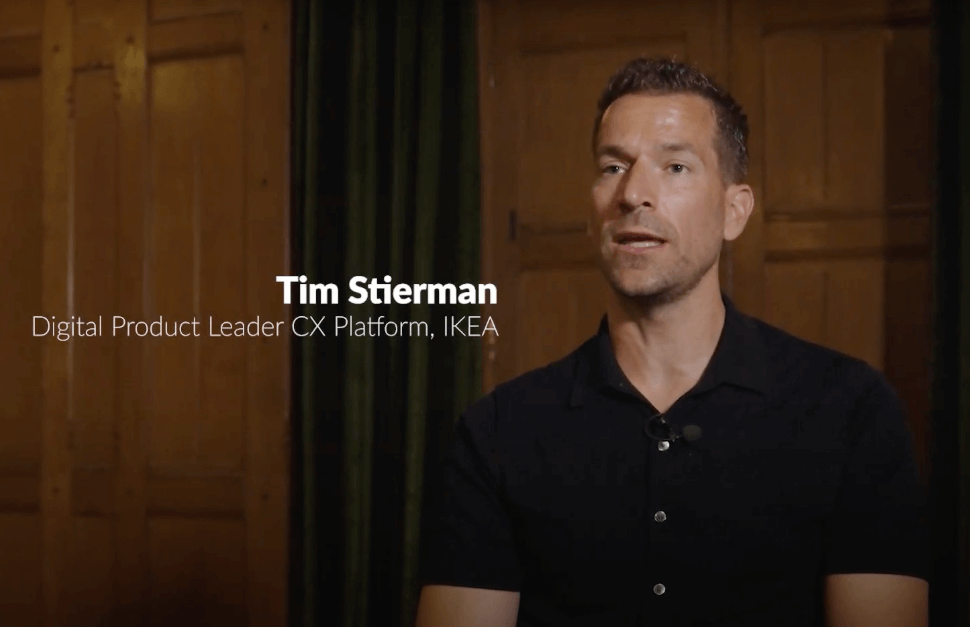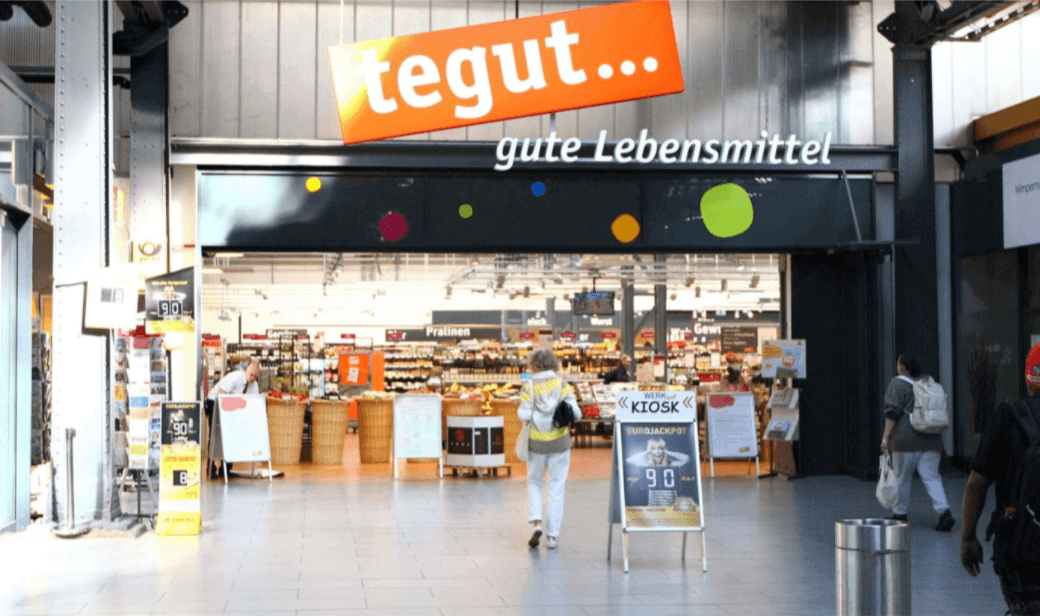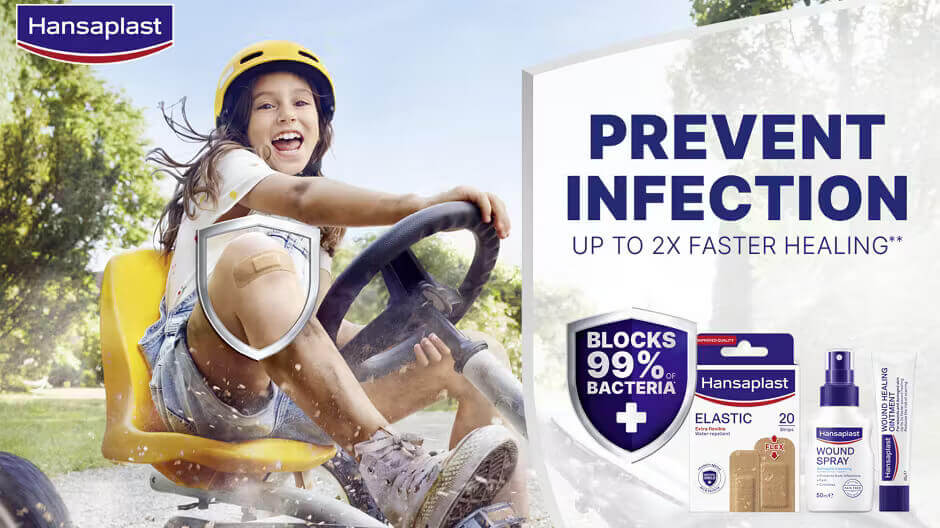
5
March 2018
2M
20+
Data stream analyzed
Quarterly feedback from 2300 stores.
Within two weeks from start to finish LINK & Coop were able to complete the entire project of analyzing the quarterly feedback.
Laura Colledani, Head of Food and Retail @ LINK
Coop, Switzerland’s largest retailer, is working with LINK, a leading market and social research institute, to understand customer behavior and feedback in their approx. 2300 stores. In order to maintain and improve on their excellent in-store experience, Coop is capturing more than 50’000 customer feedback per quarter.
Johanna Mäder, Market Research Project Manager at Coop, and Laura Colledani, Head of LINK’s Food and Retail practice, set out to improve Coop’s ability to act on customer feedback.
Challenge
Coop is collecting such a significant amount of open-ended feedback that it cannot possibly analyze it all manually. Thus, in the past, Coop has routed the verbatims back to the individual stores and relied on the individual store managers to read it and take action. While this enabled store managers to get feedback on their local level (if they read it), it did not allow Coop to get an overview of what their customers were thinking overall about the shopping experience.
Solution
As Coop’s trusted partner, LINK recommended Caplena, their go-to tool for text analysis at scale.
Caplena: Laura and Joana, why did you choose Caplena?
Joana (Coop): We needed a tool that allowed us to quickly and cost-effectively analyze 50’000 verbatims per quarter while still making sure that the output is as interpretable and accurate as if it were fully analyzed by humans. Caplena is the only tool we’re aware of that can achieve this, notably four all our languages (German, French, English, and Italian).
Caplena: Laura, how did you use Caplena to analyze Coop’s verbatims?
Laura (Link): We used our existing coding staff to manually analyze a few responses to nudge the AI into coding the responses the same way they’d be coded manually. In the end, we could barely distinguish between human and automatic coding. The system really understands our customers’ answers.
Results
Within two weeks from start to finish LINK & Coop were able to complete the entire project of analyzing the quarterly feedback. They were able to identify key trends such as an increase in customer satisfaction with the store atmosphere: “The increase from 5% to 9% was so large that we were able to rate the implementation of new store design as a complete success,” according to Johanna Mäder, Market Research Project Manager at Coop.
Caplena: Joana, do you have any recommendations for other teams setting up a semi or fully-automated feedback analysis pipeline?
Joana (Coop): Effectively translating the ever-increasing amount of feedback into actionable insights is a major challenge for us. In our toolbox, Caplena is an important tool that enables us to benefit from the new possibilities of digitization which we are pushing together with our trusted partner LINK.






